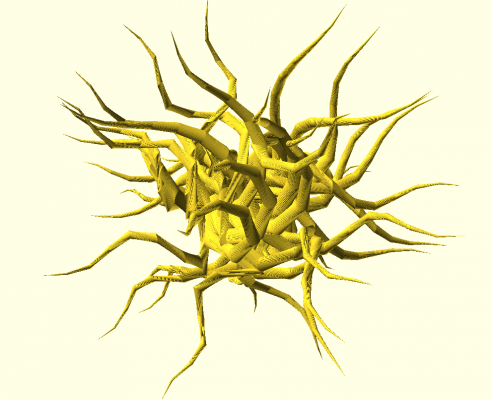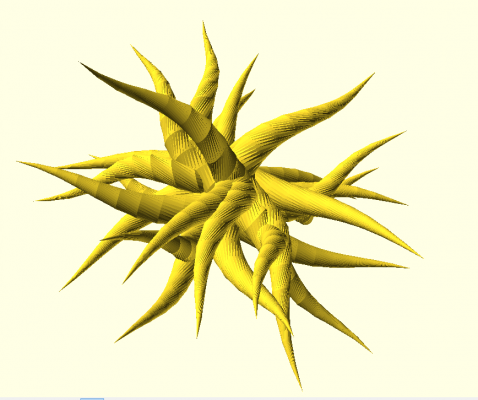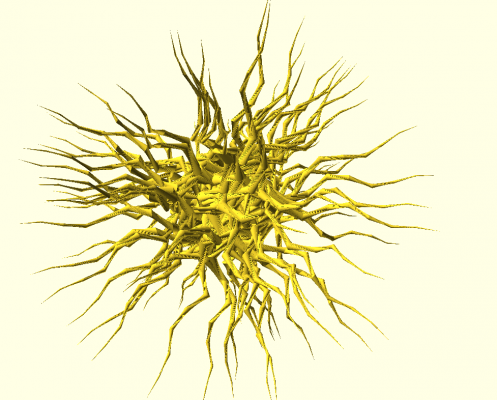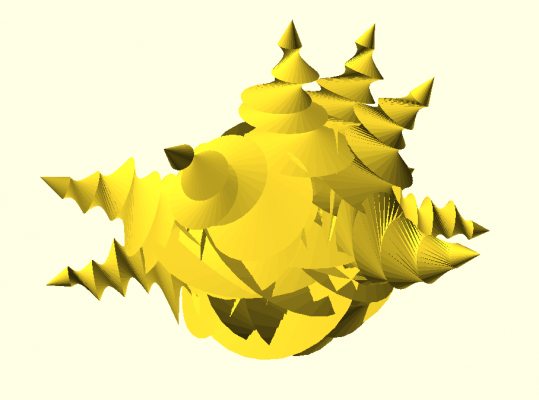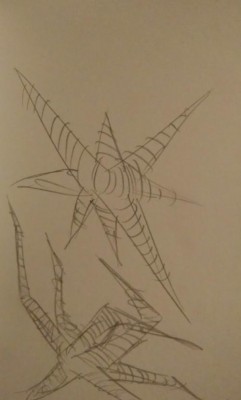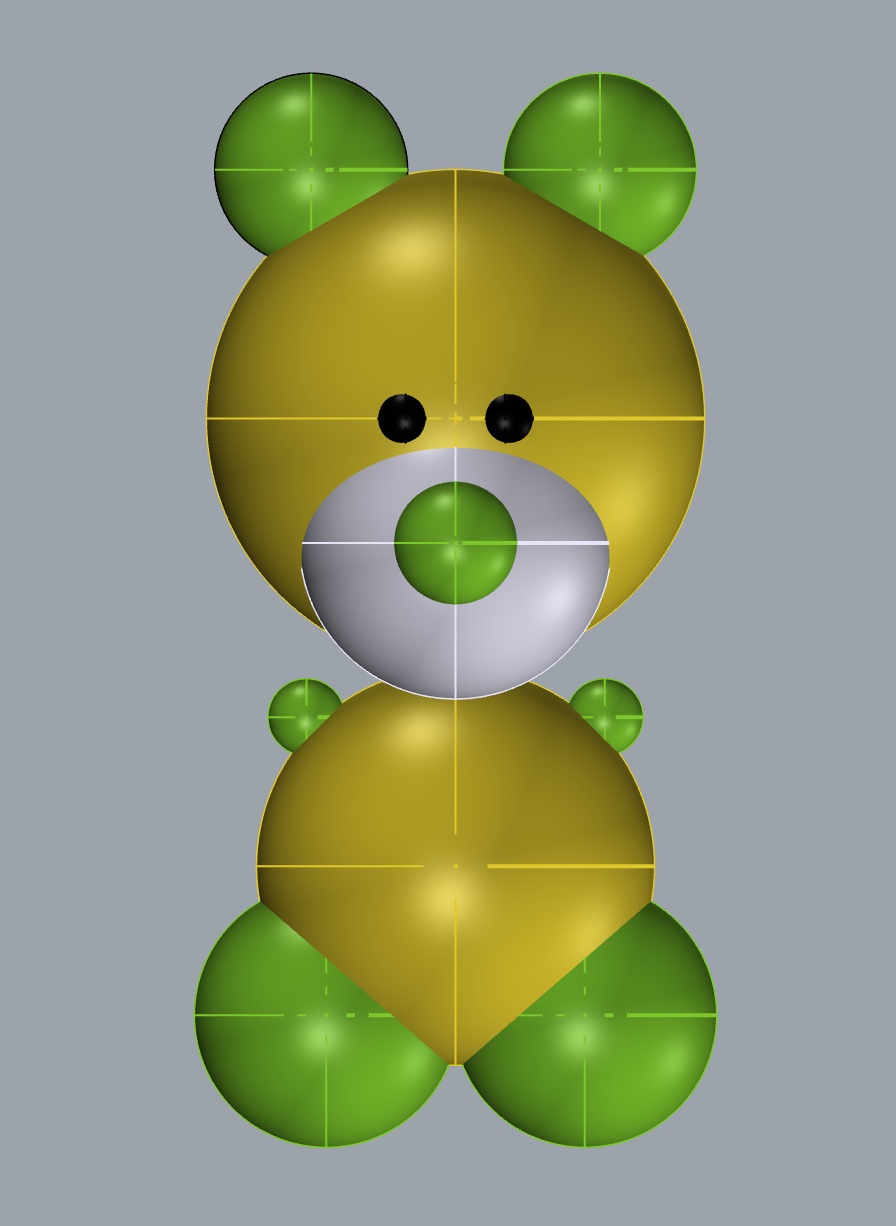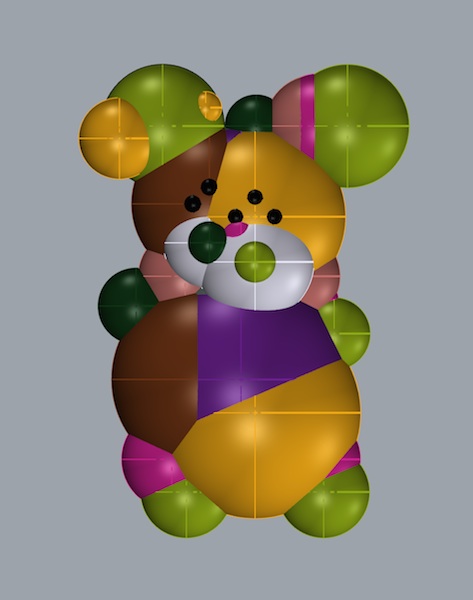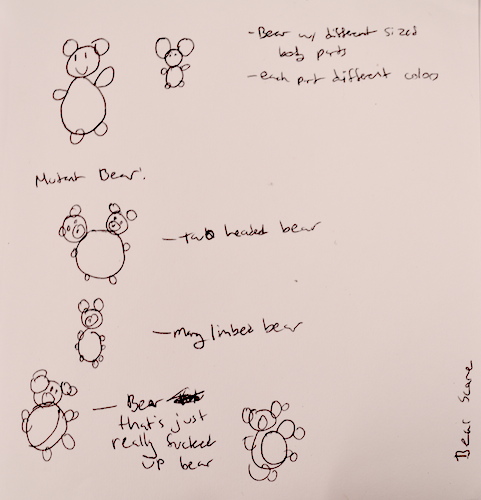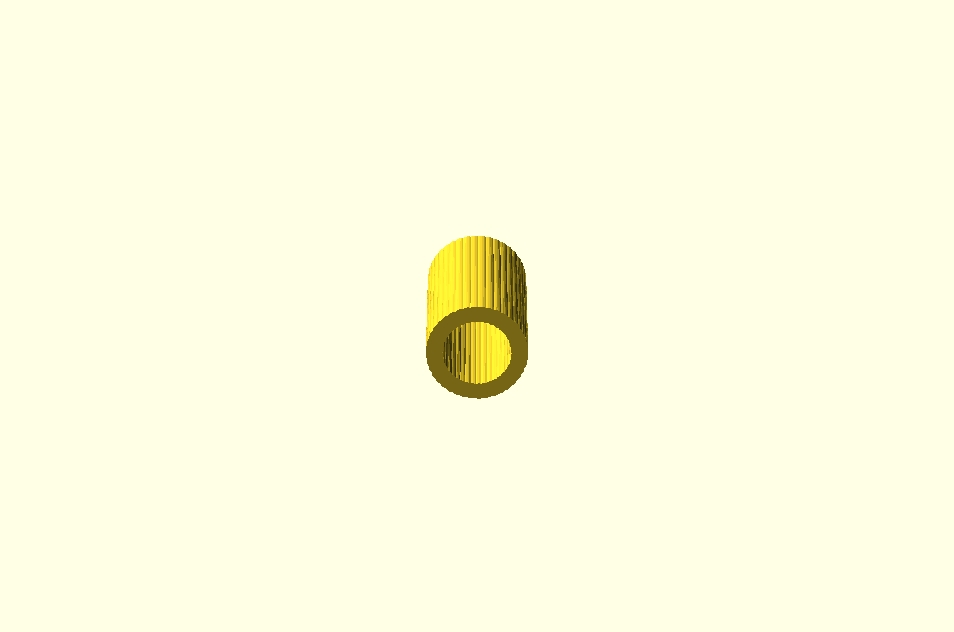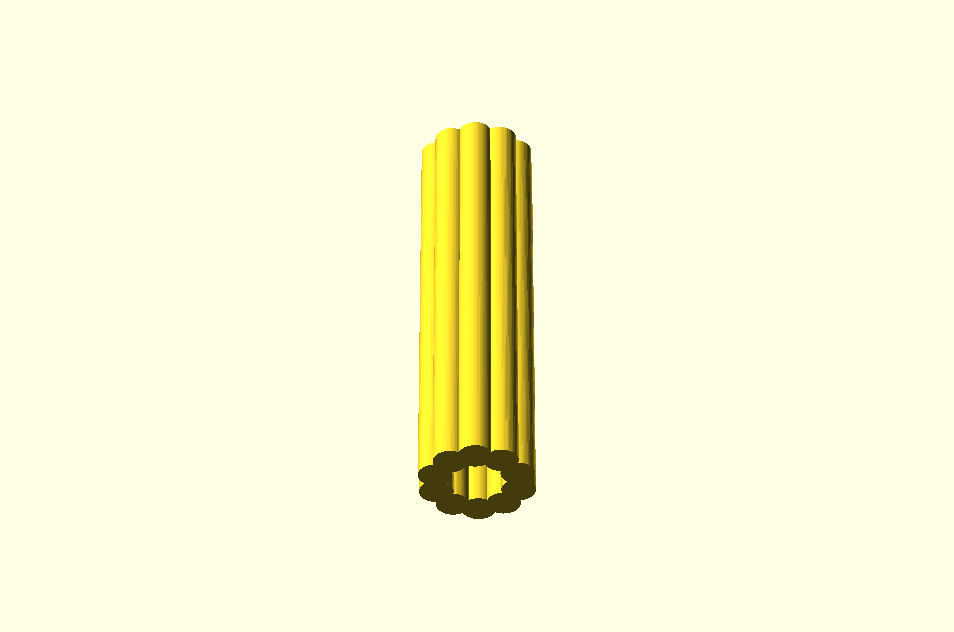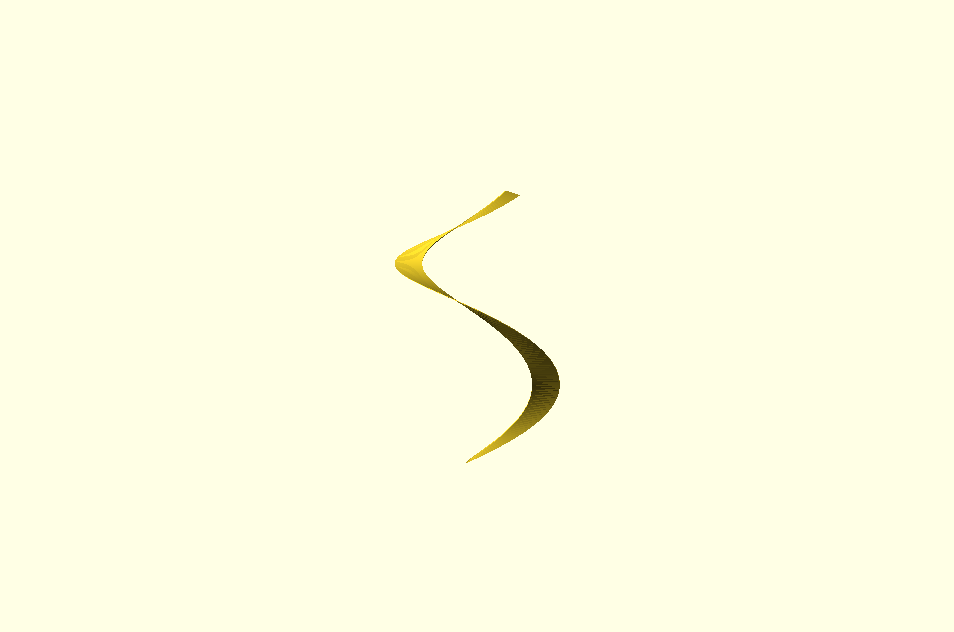I have made an openSCAD program for making a king that can be used in a chess game.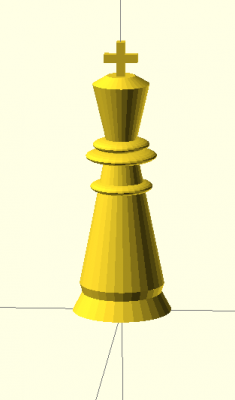
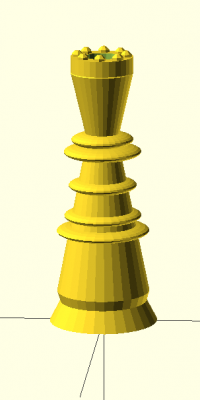
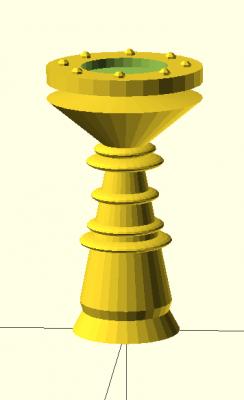
Almost everything in this design is customizable. Width, Height and width in middle of the foot, body and head. One can choose between an cross or crown, amount of rings, distance between rings. A lot. I have chosen to do this shape, since it is my custom shape when making a visualization in a new kind of enviroment (whether it is processing, SolidWorks or in this case OpenSCAD). It provides with many difficulties levels, one can start out extremely simpel and slowly progress to more advanced things.
Something that I would like to add in the future is that the form of the king is dependable on the move or position on the board. So when the king is in the square A1 it looks different than in square B2. What I am content with is the amount a variables and that everything influences eachother to some extent, without being buggy. This is the project I am most content with for this assignment
Github: https://github.com/tlangerak/Parametric-Object
